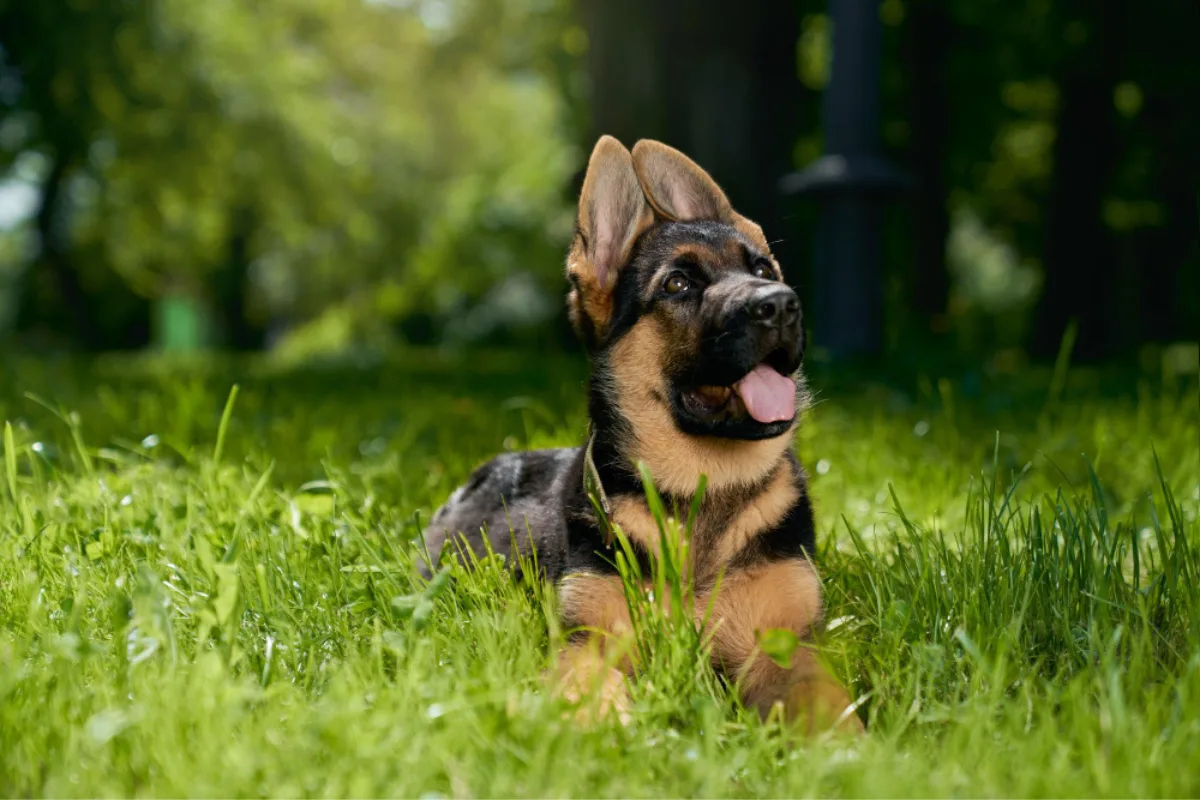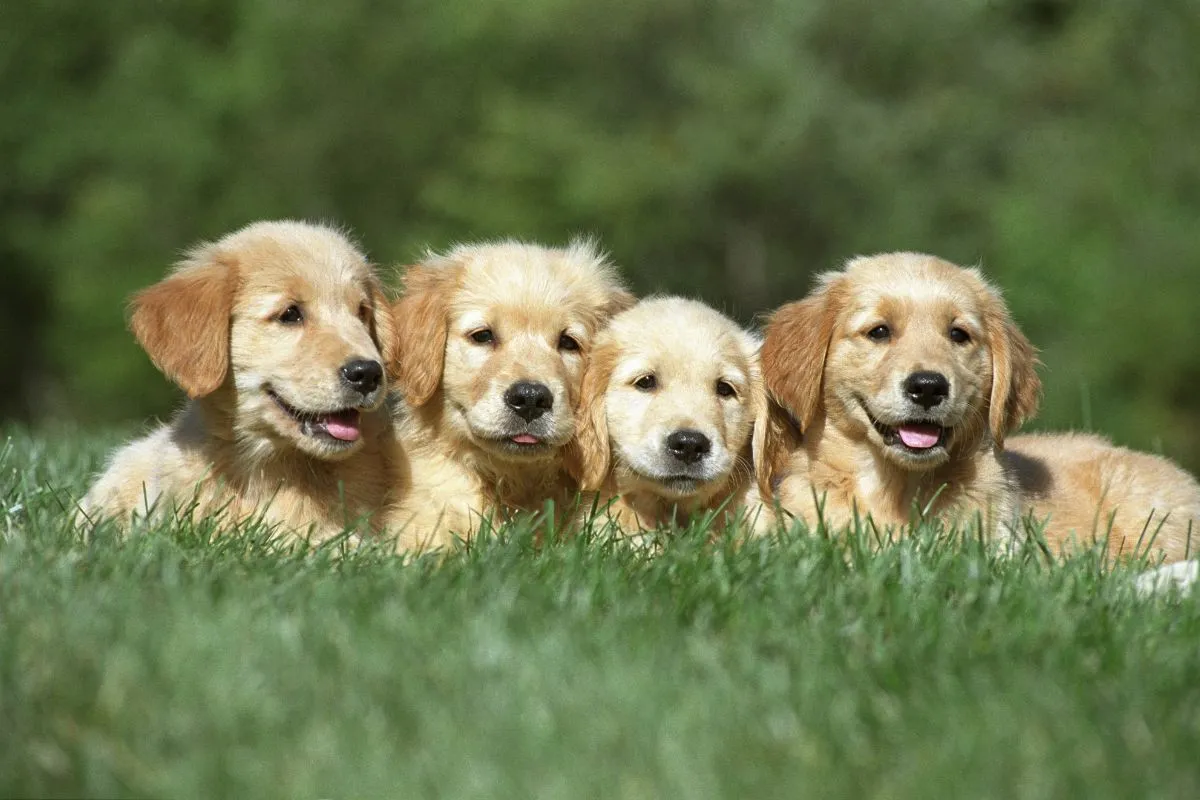German Shepherds: A Breed with Rich History and Remarkable Abilities
The German Shepherd is one of the most popular dog breeds, ranking just behind Labrador Retrievers in the United States. While they are highly regarded for their intelligence, strength, and loyalty, German Shepherds are not always the first choice for first-time dog owners. Their high energy and significant demand for physical activity can be overwhelming for someone new to dog ownership. They are large, powerful animals that require consistent training and discipline to bring out their best qualities.
Table of Contents
These dogs thrive when given a structured environment where they can exercise both mind and body. German Shepherds have an incredible strength that needs to be channelled in the right direction. Without adequate stimulation and training, they can become bored or develop behaviour issues.. This foundation ensures they grow into well-rounded and manageable companions for their owners.
Intriguing Facts About German Shepherds
German Shepherds are an endlessly fascinating breed with a history full of unique traits and achievements.
A German Origin Story
The breed’s history began with a German man named Max von Stephanitz. In 1899, at a dog show, Von Stephanitz was captivated by a dog named Hektor Linksrhein. Hektor had physical traits and intelligence that Von Stephanitz found ideal for a working dog. Impressed by these qualities, he bought Hektor and renamed him Horand von Grafrath. Today, all German Shepherds can trace their lineage back to Horand, making him the “father” of the breed.
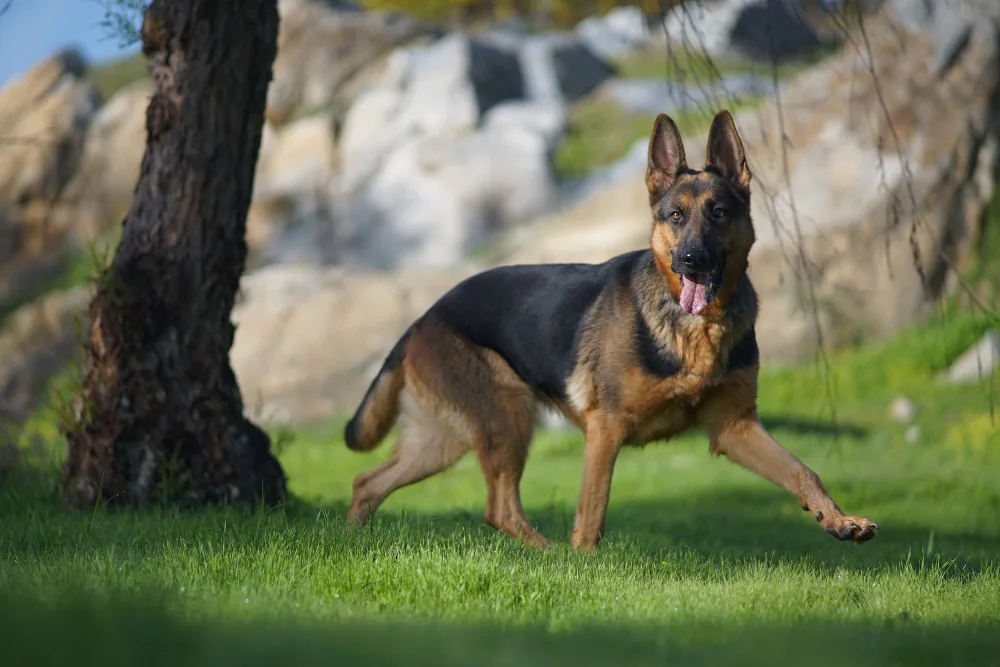
From Herding to Protecting
Initially, German Shepherds were bred with a single purpose: herding. They were used primarily by farmers and shepherds to guard and guide flocks of sheep. Their loyalty and obedience made them invaluable for keeping livestock safe from predators. Even though their role has evolved, German Shepherds still exhibit a strong protective instinct. They are known for their loyalty to their owners, and this trait has carried through from their early days of guarding sheep to their modern-day roles as police dogs, service animals, and loyal pets.
A Breed in Danger of Obsolescence
As Germany’s society industrialized, the need for traditional herding dogs decreased. Worried that his beloved breed would lose its purpose, Von Stephanitz introduced the German Shepherd to the police and military as a working dog. This bold move helped secure the breed’s place in the modern world. German Shepherds’ intelligence and loyalty soon became indispensable qualities in law enforcement and military roles. By proving their adaptability and skill, they carved out a new niche that went beyond herding, becoming one of the most valued working dogs worldwide.
The Rare Panda Shepherd
In the German Shepherd breed, a solid black-and-tan coat is the standard. However, due to a rare genetic mutation, a unique variation called the Panda Shepherd was born. These rare dogs feature striking white markings along with their usual tan and black fur, giving them a distinct appearance. Though Panda Shepherds are as intelligent and hardworking as their black-and-tan counterparts, their unique colouring is considered a “fault” in the eyes of breed standards. For this reason, they are not permitted to compete in many dog shows, despite their loyal and loving nature.
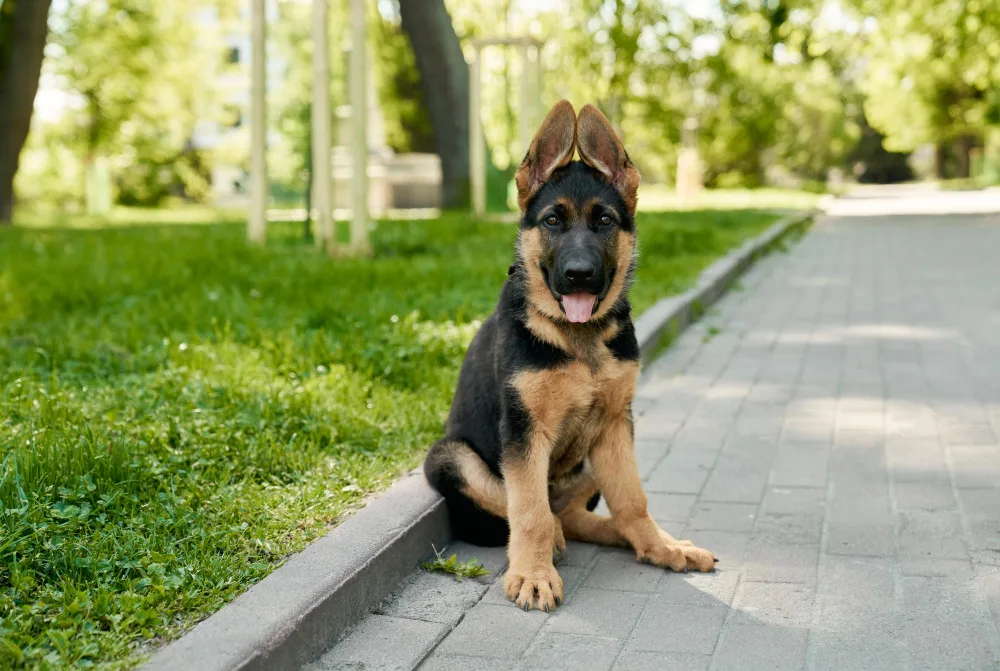
Coats that Shed Year-Round
One of the defining traits of German Shepherds is their double-layered coat, which serves as protection against varying weather conditions. Their coat allows them to stay comfortable in both hot and cold temperatures, but it comes with a downside: constant shedding. German Shepherd owners quickly learn to expect dog hair on their clothes, furniture, and floors, as their outer coat sheds all year long. Regular grooming can help manage the shedding, but it’s something that any prospective owner should be prepared to handle.
The Dwarfism Mutation
A rare genetic defect in German Shepherds can result in pituitary dwarfism, which causes affected dogs to remain puppy-sized throughout their lives. This condition is not just about size—dogs with dwarfism often face health challenges and require extra care. Reputable breeders are aware of this mutation and take steps to minimize the risk through selective breeding. Dwarfism is uncommon, but it’s a reminder of the genetic complexities within the breed and the importance of responsible breeding practices.
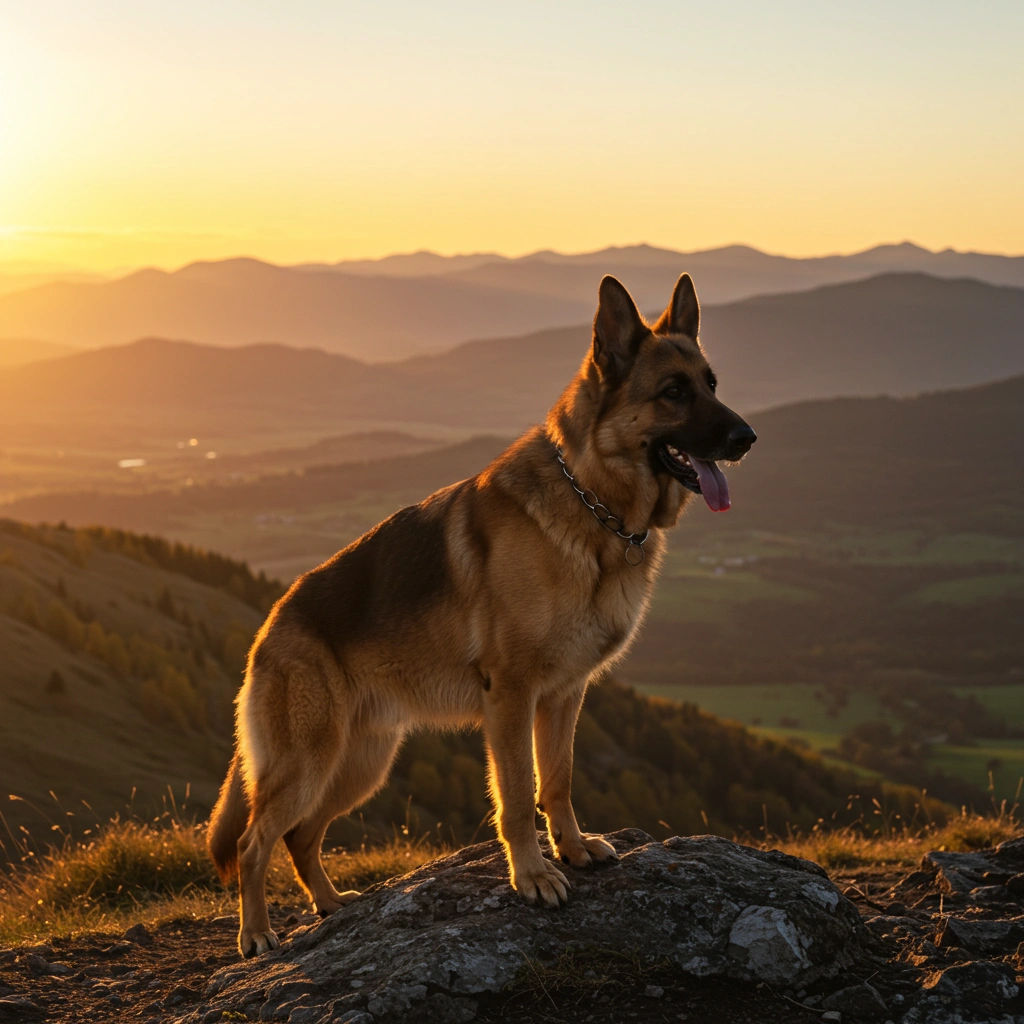
Exceptional Intelligence
German Shepherds are widely recognized for their intelligence. Studies have shown that they can learn simple commands after just a few repetitions, often mastering new skills after only five practice sessions. This incredible learning ability is one of the reasons they are chosen for complex tasks in police K-9 units and search-and-rescue missions. Their quick response time and attentiveness to their handlers make them excellent working dogs. Many owners are amazed by how fast German Shepherds can learn and how well they perform even advanced tricks.
The “Alsatian” Period
Following the end of World War II, anti-German sentiment was widespread. As a result, the breed’s name, “German Shepherd,” became a source of discomfort in some countries. To avoid this negative association, the breed was temporarily renamed “Alsatian” in the United Kingdom and parts of Europe. This name change allowed the breed to retain its popularity without the stigma associated with the word “German.” However, in 1977, the name officially reverted to “German Shepherd,” and the breed has kept that title since.
A Shorter-Than-Average Lifespan

German Shepherds typically live for about 10.9 years, which is somewhat shorter than other breeds like Shih Tzus, which often live around 12 years or more. Their shorter lifespan is often attributed to genetic health issues, such as hip dysplasia, degenerative myelopathy, and other conditions that can affect their quality of life. Regular veterinary check-ups and preventive care can help manage these health issues and improve their quality of life, though owners should be prepared for potential health challenges as their dogs age.
Popular on YouTube and Social Media
With over half a million videos dedicated to them on YouTube, German Shepherds are among the most popular dog breeds on social media. People are drawn to videos of these dogs showcasing their tricks, intelligence, and affectionate relationships with their owners. From agility challenges to heartwarming family moments, German Shepherds continue to captivate audiences around the world. Their natural charm and incredible skills make them a favourite for online content, and their popularity on YouTube shows no signs of slowing down.
A Breed Demanding Dedication
Despite their many desirable traits, German Shepherds are not the right fit for everyone. Their size, intelligence, and high energy levels mean that they require significant attention and care. Owners should be ready to dedicate time to their physical exercise, mental stimulation, and training. Without proper exercise and engagement, German Shepherds may develop behavioural issues or become destructive. For the right owner, however, the commitment is well worth it. German Shepherds are loyal, protective, and incredibly rewarding companions.

In Conclusion
German Shepherds are a breed rich in history, versatility, and loyalty. From their origins as herding dogs to their roles in law enforcement, they have continually demonstrated their intelligence, strength, and adaptability. While they face some health challenges and require a high level of care, their bond with humans and impressive capabilities make them one of the most beloved breeds worldwide. German Shepherds are more than just pets; they are dependable partners, loyal friends, and dedicated protectors.
For those ready to invest the time and energy required, German Shepherds bring unmatched companionship and joy. The relationship you build with a German Shepherd is one built on mutual respect, trust, and deep loyalty—qualities that make this breed truly exceptional
